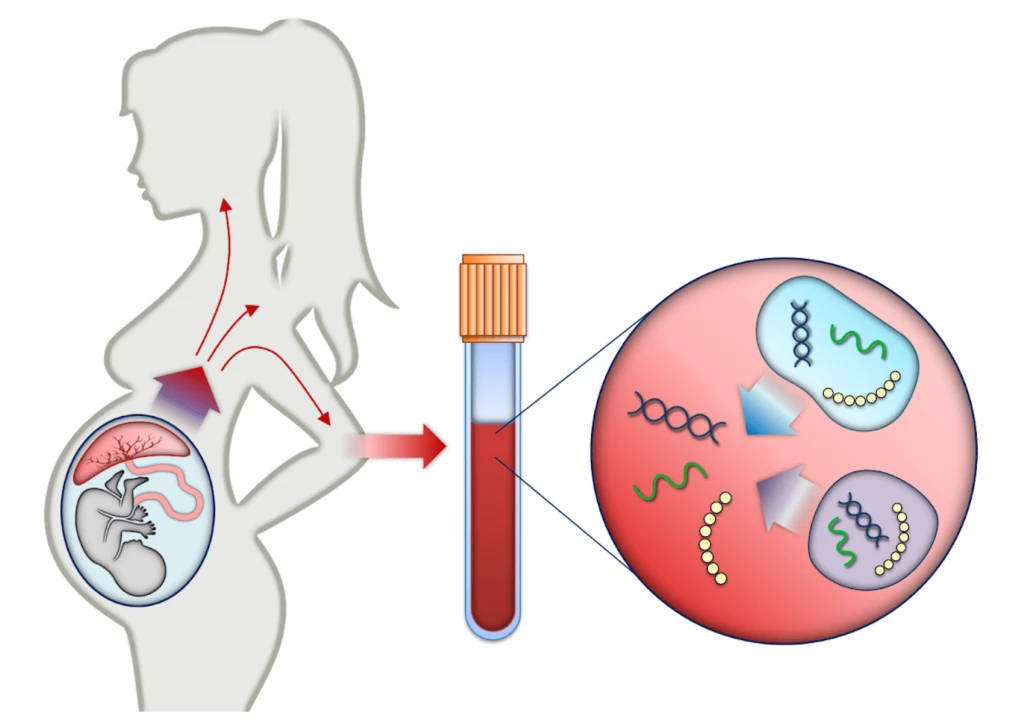What is PMS?
PMS is the name given to the physical and emotional symptoms affecting your daily life in the 2 weeks before you have your period. These symptoms usually get better once your period starts and often disappear by the end of your period.
Nearly all women have some premenstrual symptoms. Each woman’s symptoms are different, but the most common include:
• mood swings
• feeling depressed, irritable or bad-tempered • feeling upset, anxious or emotional
• tiredness or having trouble sleeping
• headaches
• changes in appetite and food cravings
• feeling clumsy
• fluid retention and feeling bloated
• changes to skin or hair
• sore or tender breasts.
Symptoms can vary from month to month, although they tend to form a pattern over time.
Between 2 and 4 in 100 women get PMS that is severe enough to prevent them from getting on with their daily lives.
Once a diagnosis has been made, women should be offered CBT routinely as a first line treatment option to PMS. Vitamin B6 and exercise have also been shown to ease symptoms.
Continuous use of the contraceptive pill (one of the more recently developed combined pills) or an SSRI should be offered as first line pharmaceutical treatment. Other treatment options include estrogen patches or an implant, selective serotonin reuptake inhibitors (SSRIs) and GnRH analogues. Surgery should normally be a last resort and both the ovaries and womb should be removed to ensure that symptoms are permanently removed. Whilst this is an invasive procedure, it is the only permanent cure for PMS.
PMS can be a serious condition which can dramatically impact on the quality of a woman’s life affecting her personal and professional life, therefore it is essential that an integrated holistic approach to treatment is adopted. Whilst many women can be treated by their GP by adopting lifestyle changes, taking the contraceptive pill, SSRIs or vitamin B6, some women will need more complex care provided by a team of GPs, gynaecologists, psychiatrists and dieticians. In the most extreme cases, PMS can lead to self-harm and suicide.
It is important to raise awareness of the seriousness of the condition and available treatment options, not only in women but also among healthcare professionals.








